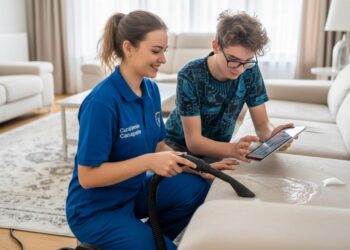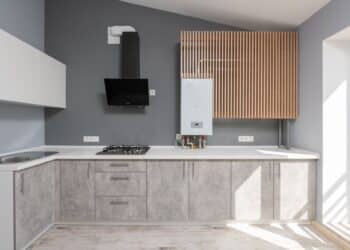Modern Lighting Needs
Modern projects need stable output. You want steady brightness, low power loss, long service life, and predictable performance. COB LED strips and strong power systems help you reach these goals because they manage heat, voltage, and durability in a controlled way.
How COB Technology Improves Light Quality
COB LED strips use chip on board design. Many LED chips sit close together. This layout gives you a smooth beam without visible points. The even spread of light helps you place strips in tight areas. You can use them in kitchens, retail displays, work areas, and accent lines. The strips perform well in narrow corners because they avoid bright spots and dark gaps.
What to Check in a cob led strip factory
When you review a cob led strip factory, focus on production quality. Check chip placement, solder strength, and heat resistance. Uniform bonding supports even brightness along the strip. A solid circuit layout lowers the risk of early failure. Protective layers reduce dust and moisture problems. These factors support long term projects with fewer issues like flicker or dimming.
Common Uses for COB LED Strips
COB strips work in many locations. Indoors, they support reading areas, product displays, photo setups, and home workstations. Commercial users place them in shelves and signage because the continuous beam improves clarity. Outdoor use is possible when the strip is protected and paired with a stable power system. The slim design supports curved lines and compact spaces.
Why a Waterproof Power Supply Matters
A Waterproof Power Supply protects your setup in moisture heavy areas. It delivers steady voltage that shields LED chips from irregular current. This helps you avoid overheating and color shift. In places with water, dust, or humidity, a sealed unit protects internal parts so your lighting remains stable. It fits well in gardens, outdoor signs, kitchens, and workshops.
How to Match Strips and Power Supplies
Match the voltage of your strip with the voltage of the power unit. Most strips use 12V or 24V. Check the wattage per meter and multiply it by the full length you plan to use. Add a small safety margin so the power supply does not operate at full load. This margin helps the unit run cooler. Check the environment. In moisture heavy areas, choose a Waterproof Power Supply.
Installation Steps
Prepare the surface before placing the strip so the adhesive holds strongly. Leave space around the power supply for airflow. Secure connectors to prevent loosening. Avoid sharp bends in the wiring. For outdoor use, install the power unit in a raised position so water cannot collect around it.
Maintenance Actions
Inspect connectors every few months. Look for discoloration or heat marks. Clean dust from exposed areas to keep heat low. Make sure the Waterproof Power Supply stays clean and dry. Confirm that airflow around the unit remains open. Simple checks extend product life and maintain steady voltage.
Final Notes on System Performance
COB LED strips and stable power systems work well together. You get smooth output from the strip and steady current from the power unit. This combination reduces flicker, heat problems, and color issues. You can use the setup in homes, studios, work areas, and outdoor installations. The system also gives you flexibility because you can expand it without replacing major parts.







